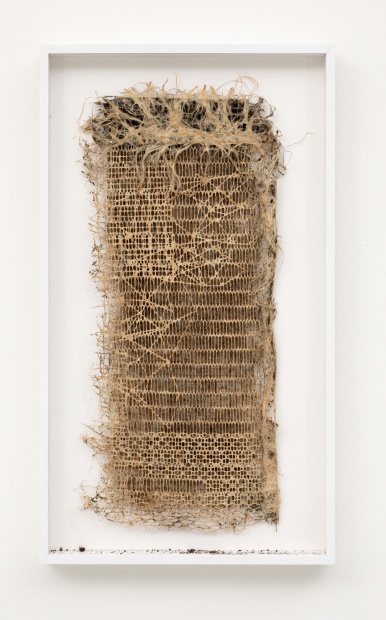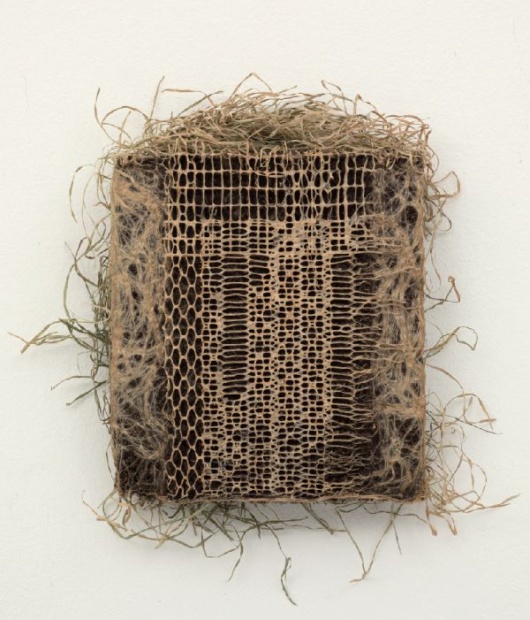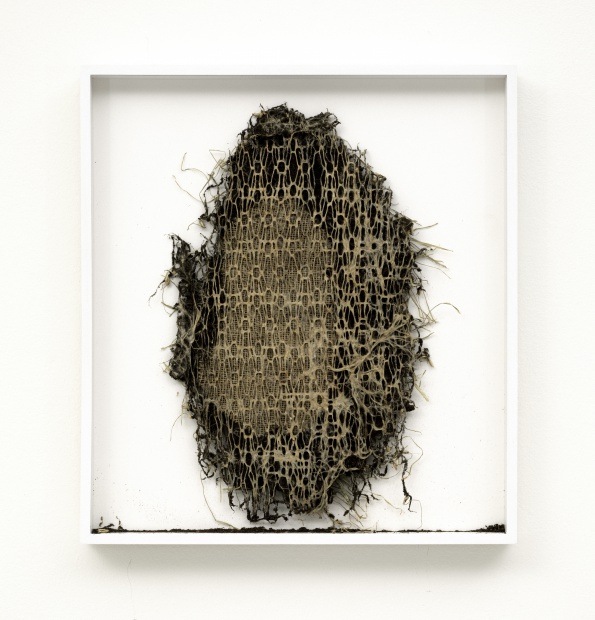 eyckgalleryartistsexhibitionsnewspublications
eyckgalleryartistsexhibitionsnewspublications
Interwoven - Exercises in Root System Domestication - Diana Scherer
One of the pioneers in biotech art is Diana Scherer, a German visual artist who lived in Amsterdam for over 20 years. At the core of her botanical installations, textiles and photography lies a great admiration for and curiosity about what neurobiologists call “the brain of plants.” The artist studies plants and root systems so as to control their “natural” growth processes. In her studio she creates artificial biotopes to grow her root art using soil, seeds, light and subterranean templates from both natural and man-made patterns. The roots follow these patterns and from there on, the work grows itself.
Diana Scherer explores the relationship between humans and the natural environment. Through her installations she examines the boundaries between plant culture and plant nature. What does “natural” mean in the Anthropocene? Are human beings part of nature or a parasitic species on the environment? For the past few years, her fascination has focused on the dynamics of the root system. Scherer applies the intelligence of plants in her work and makes their hidden world visible. With her long-term project Interwoven the natural network of the roots is transformed into an artificial textile. Scherer brings together her research in weaving techniques with the strength of the botanical material. Often working closely with biologists and engineers, she manipulates the growth processes below ground and produces living textiles.
Her latest commission for the 23rd Biennale of Sydney, ‘Entanglement’ (2022), explores xylem vessels, the critical tissue responsible for transportation of water through plants.
In the growing structures Scherer combines the geometric principles of nature with basic man-made patterns from her surroundings. The ordering principles of nature is the theory that assumes that the same elements and patterns keep coming back in every plant and consist of a geometric order. She works with universal signs, such as the circle or the square and combines them with the anatomy of plants at the microscopic level. The cellular structures of plants.
The bare root system presented as a textile or as a living sculpture shows traces of a reckless intervention in a natural system, but also shows a concept for a possible cultivated path together. The work refers to current ecological issues. With her images, Scherer wants to approach the theme in a poetic way and sees herself as a link between science and the audience.
.jpg)
.jpg)






.jpg)





